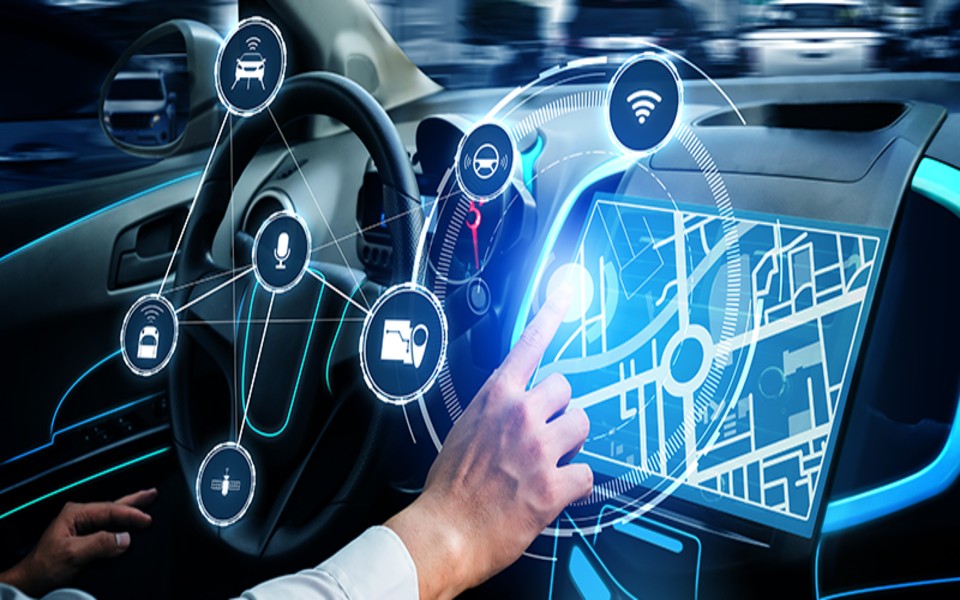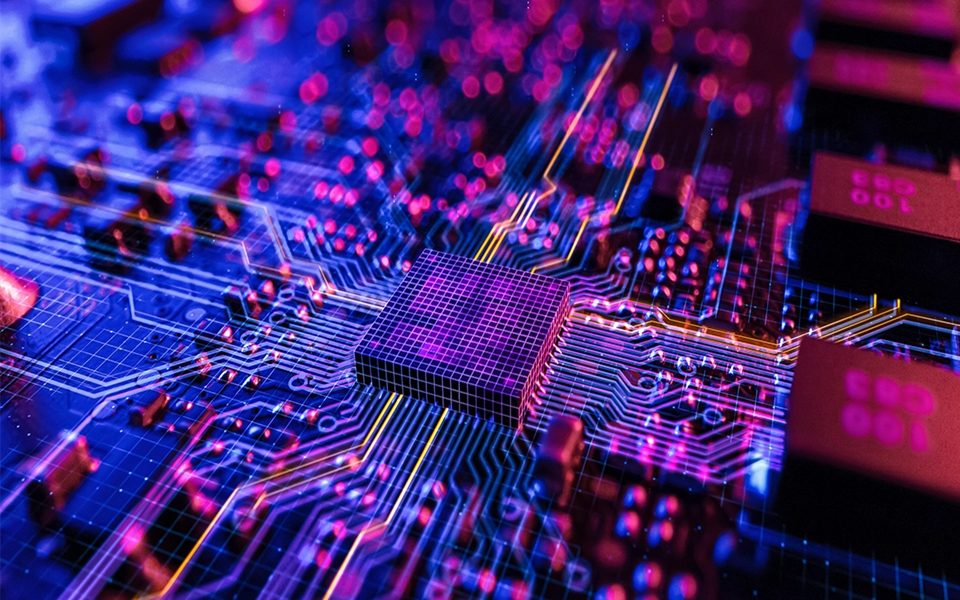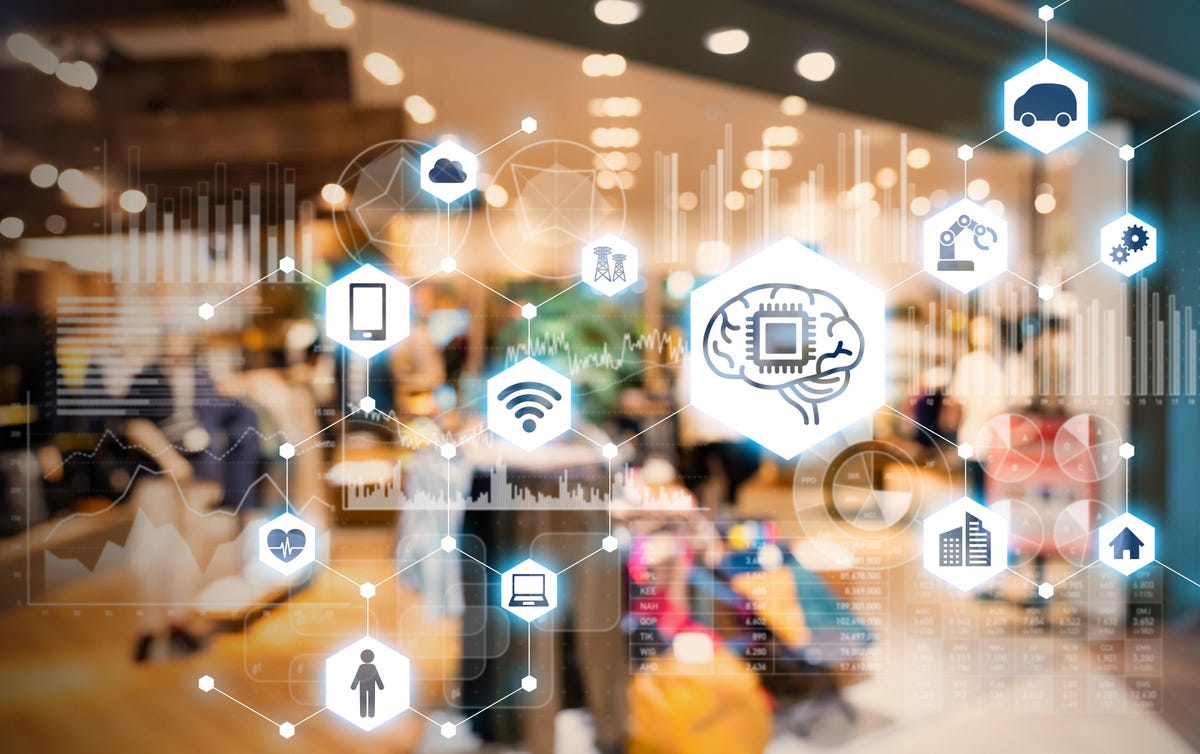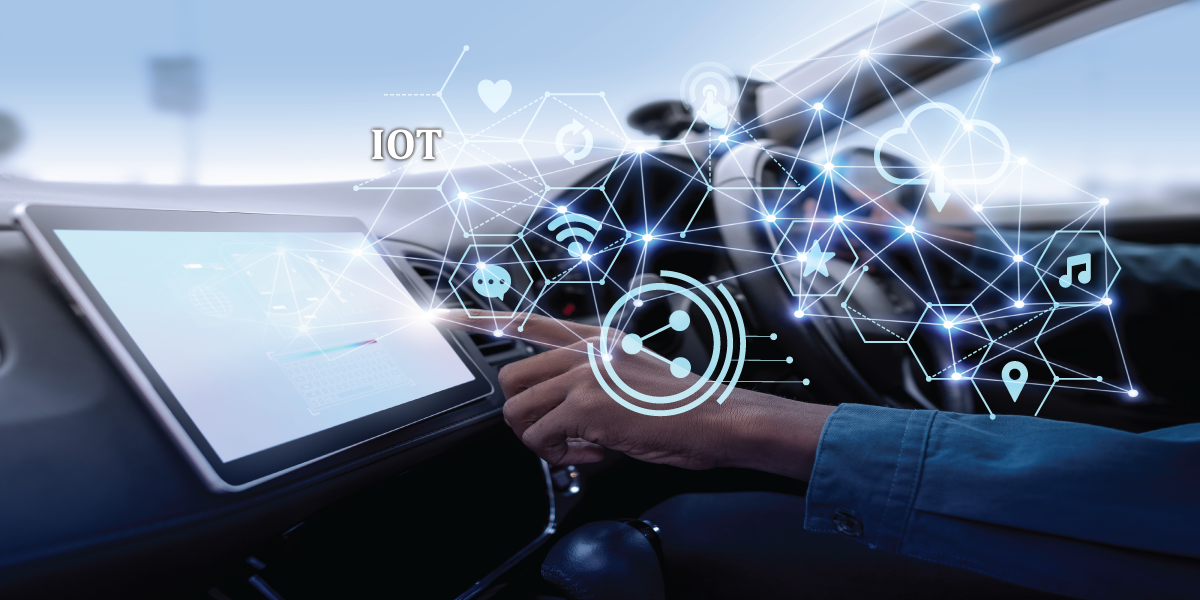The growth of internet has promoted the digitalization and globalization to a greater extent. India is one of the most prominent destinations for the globe as far as Internet of things (IoT) is concerned. Although the demand of IoT with in India is still to ramp up, meanwhile India is already contributing around 40% as far as global outsourced market in IoT is concerned (as per the research by Zinnov, a leading management consulting firm).

Image: Courtesy Zinnov, a leading management consulting firm
IoT has transferred the global economies. India has become an IT hub and India has promoted the Digital India program to support the IoT. The growth of IoT in Indian context is increasing day by day and according to one market research survey, the IoT in India is expected to grow up to 15 billion USD by the year 2020. The growth is expected across all the industry such as logistic, automotive, manufacturing, transportation etc. to name a few.
The IoT is known as a network that is inter-connected devices that can be accessible through internet. IoT is the bridge between industrial and consumer application that can be utilized in various, diversified verticals such as automotive, healthcare, manufacturing etc. India has contributed to great extent in terms of growth of IOT.
Department of Electronics and Information Technology,(DeiTY) has come out with a draft IOT Policy document which focuses on following objectives:
i. To create an IoT industry in India of USD 15 billion by 2020. It has been assumed that India would have a share of 5-6% of global IoT industry.
ii. To undertake capacity development (Human & Technology) for IoT specific skill-sets for domestic and international markets.
iii. To undertake Research & development for all the assisting technologies.
iv. To develop IoT products specific to Indian needs in all possible domains.
The Policy framework of the IoT Policy has been proposed to be implemented via a multi-pillar approach. The approach comprises of five vertical pillars (Demonstration Centres, Capacity Building & Incubation, R&D and Innovation, Incentives and Engagements, Human Resource Development) and 2 horizontal supports (Standards & Governance structure).
Ministry invites audience attention and comments to further improve the draft policy to create ecosystem for IoT industry in the country.
Draft IoT Policy
The states like Andhra Pradesh have taken a lead with respect to IoT leveraging potential of the country. The state government of Andhra Pradesh has approved the IoT policy for the year 2016-2020 that is aiming to convert the state in the IoT hub by the year 2020. That will be tapping around 10 percent of market share of India. The state government will promote setting up of 10 IoT hubs with active participation of the private sector and create 50,000 direct employment in different IoT verticals.

The IoT is established to drive the next generation services and products. Many Indian industries have linked their growth to IoT. India is now producing & implementing the concept of smart city as well. That has been possible because of the immense growth in terms of information and communication technologies (ICTs). The smart city is the concept of developing the cities that is sustainable, innovative city and that uses the ICTs (information and communication technologies) and other means to improvise efficiency of urban and rural operations & services, the quality of life, competitiveness and many more. It ensures that growth from all the areas such as social, economic, financial and environmental aspects are maintained. Thus, the city that has all the required attributes to contribute in terms of competitiveness is known as “Smart City”.

This is basically a combination of business infrastructure, information technology infrastructure, physical infrastructure, social infrastructure, etc. depending on the cost and technological benefits. It can be a combination of software and hardware capabilities to serve at the best.
The Smart Cities Mission is an innovative and new initiative by the Government of India to drive economic growth and improve the quality of life of people by enabling local development and harnessing technology as a means to create smart outcomes for citizens.
The IoT is a combination of hardware and software capabilities that serves as an effective tool to build the strong ecosystem around the environment. It is basically a network backbone that hosts the billions of devises in terms of ensuring smooth communication. It can come in a variety of tools such as smart phones, sensors (used in vehicle, medical devises, buildings etc.) and all these are coming with a unique identity in terms of network and with the in-built ability of machine talk. Digital India has carved a path way to build and strengthen the competent domains to out India on a global IoT map. The revenue is expected to come from the Industrial sector first and after the same starts, the enterprise sector then consumer sector shall follow the road.
While following the pathway to IoT, one has to be careful in terms of cyber threat as a lot of data transfer is happening that is vulnerable and can invite cyber related problems. Here, the cloud technology can be helpful and it can provide the correct dimensional framework that can assist the same. Here, the governance, risk management and the compliance (GRC) guidelines can play an effective and important role to make the system work in appropriate manner. India is a market with a great potential and thus, there are ample of opportunities available in this area.
Not only urban area, but rural area is also getting the transformation placed at a larger scale. Through IoT, rural India is taking a transformation leap and it has now started adopting the real life solutions with the help of IoT. The government of India has tremendous faith in the IoT market. The IoT is the part of the broadband highway that helps to deliver a wide and diversified range of the e-governance and citizen services that helps to serve across the country. This brings the field expertize, range of experience, leadership etc. to successfully execute the various projects related to the same. Digital India projects, that has one of the aspects of smart cities that are going to have PPP model that is known as public private partnership that covers all dimensions as far as professional and personal aspects are concerned. For example, the parking solutions and traffic solutions can be helpful to reduce the traffic congestion.
IoT based solutions are advantageous for rural areas of India as well as they are converting the rural villages to smart villages by providing them access to various technologies. It is empowering millions of rural area in terms of technology. This is basically working on the concept of empowering millions in rural areas and “connecting humans” to the main stream. This is enabling the citizens, be it rural or urban, to provide the access to basic utilities such as health, governance, financial, educational etc. needs. For example, the medical utilities are the biggest challenge that is being faced by the rural India, for example IoT helps the patients to the necessary information such as nearest hospital, medical shops, list of doctors, telemedicine centers, etc. are concerned.

The IOT connectivity offers the diversified opportunities in terms of tapping to the untapped areas. That includes e-commerce, manufacturing market in terms of traditional and products as well. This entire network empowers communication network that connects different regions. Relevant information is provided in the local languages as well so language does not become a barrier too. This way it connects urban and rural India. Powerful network of IoT connects regions, cities, towns etc. and makes the way to the urbanization.
In one of the use case, Government of India’s National Mission for Clean Ganga (NMCG) seeking help from Engineering and Science Community, IET India IoT Panel for Clean Ganga Project.With an aim to support NMCG to put an end to the growing problem, the IET India IoT Panel, that focuses not only on technology but the application aspect of IoT in various segments, formed a Ganga Rejuvenation Working Group which aims to device a high level plan on how the panel could contribute towards alleviating these pain points. The working group will also create a pavilion at the IoT India Congress 2017, which is an annual event organised by the IET, with a special focus on the National Clean Ganga Mission.

Ganga Rejuvenation Track of IoT India Congress 2017 will explore the readiness of the Internet of Things can help clean India’s largest river – Ganga.
One of the most talked about initiatives by the Indian government, IoT will play a pivotal role in the Smart City project. The government has dedicated an investment of INR 7,060 crores crore on smart cities.
Some of the key aspects shared by Indian Government’s draft policy on IoT pertaining to smart city are:
- Smart parking
- Intelligent Transport System
- Smart urban lighting.
- Waste management.
- Smart city maintenance
- Tele-care
- Citizen safety
- Smart Grid
- Smart Energy
- Water Management
It is clear that India is fast emerging as a hotbed of IoT Solutions nowadays. Only time will tell if this is a promise that fails to realize its full potential. But possibilities of how IoT can make life easier are enormous.
The post India is betting high on IoT first appeared on RiseOfMachine.com
Feel free to share your comments or suggestions below.
Note : Article captures personal view of author.




































